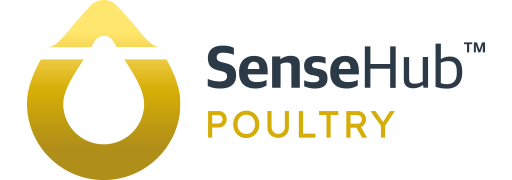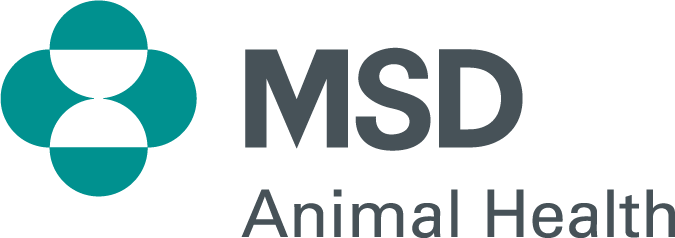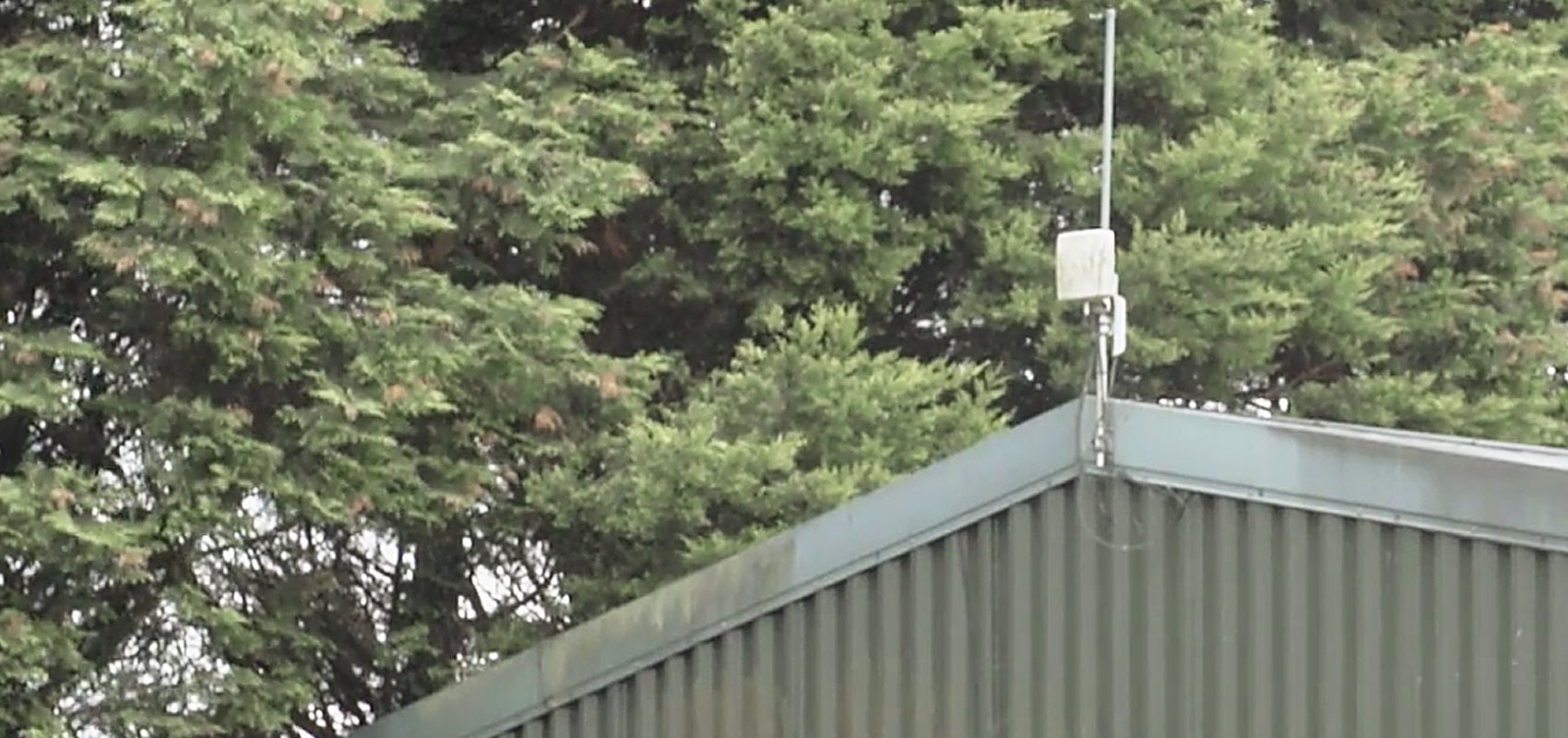With COVID-19 and low pathogenic AI causing broiler farmers to rethink their approach to flock management, the benefit of being able to remotely monitor bird health, welfare and performance is fast becoming apparent.
Alan Beynon, managing director at SenseHub™ Poultry, says during these challenging times producers needs to consider alternative solutions to minimise non-essential farm visits and maintain high biosecurity levels while continuing to maximise bird performance.
“There is technology available that can monitor key health and environmental parameters remotely and in real-time, meaning producers and vets can quickly identify any changes in bird behaviour or detect environmental changes that could indicate a problem,” he says.
“Being able to collate and analyse data from different poultry houses and sites frequently, means evidence-based decisions can be made from the farm office or at home. Which, in the current situation, allows farm visits to be kept to a minimum, while maintaining a high level of bird health, welfare and performance.”
Alan explains that remote monitoring can offer a solution for broiler producers as it allows vets, nutritionists and farm managers to access vital parameters without visiting the farm, allowing government guidelines to be met, as well as a high level of biosecurity maintained.
“A decline in food and water intake can be a sign of low path AI. Therefore, being able to remotely monitor these factors means potential health issues can be identified sooner and veterinary support can be sought as soon as possible, helping to prevent bird losses and the long-term impact on the flock,” he explains.
“Remote monitoring is a valuable tool to support but not replace routine checks of birds. It’s still important to check birds regularly, but it’s vital to try and minimise the number of different people doing this, and ensure they are operating in line with current government guidelines and maintaining the highest level of biosecurity possible.
“During the current climate, these remote monitoring solutions are more beneficial than ever, however once COVID-19 has passed and low path AI is under control, access to these key parameters and trends will be fundamental in improving efficiencies in health, welfare and performance going forward,” concludes Alan.


